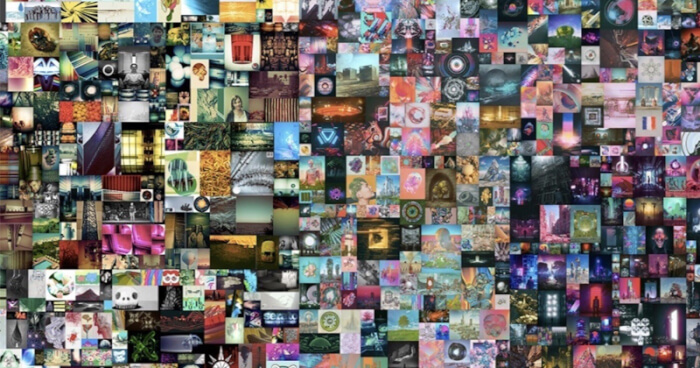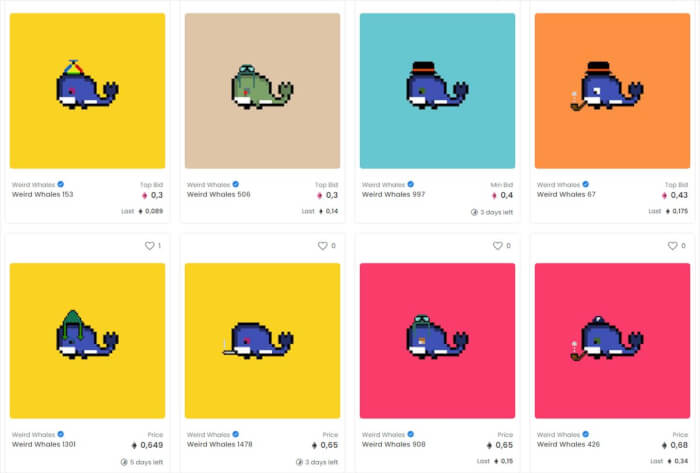Science proved: Most NFTs are worthless
This conclusion was made after analyzing nearly 5 million different NFT transactions in the market.
 Source: Rise Art
Source: Rise Art
That means that although anyone can copy a JPG file from Beeple's work, only the person who bought the NFT file owns it. It was the difference between copyability and ownership that gave the product so much value, making Beeple one of the wealthiest innovators in the world overnight. It also started the worldwide NFT craze.
 Source: MSN
Source: MSN
Only 1% of NFT files are sold for more than $1,500, and the remaining 75% are sold for $15 or less. Even worse? “The majority of these pieces don’t even sell, so they don’t enter our analyses,” says Mauro Martino, head of IBM’s Visual AI Lab, who depicted the research as a dazzling series of graphics. “People just spend money to produce an NFT and that’s it. It would be hard to suggest for an art friend to play [in this space] and get rich in NFTs, because very few people can find profit in this market.”
 Source: Voonze.com
Source: Voonze.com
You can see Mr. Martino's work in the video below. The data presentation will be divided into two parts. The first part, which starts at 1 minute 48 seconds, shows the growth of the NFT from 2017 to 2021. The circles are the NFT traders. The path between them is real NFT transactions. The larger the circle, the more the person trades.
https://youtu.be/KyIITtPKJbY
It is indeed a living universe. The first is a relatively small group of closely-knit traders. But then the nodes began to expand in all directions with all different colors. The white stars represent individual NFT projects. The blue star represents NFT items in the online game Axie Infinity. The gradually expanding green star represents Sorare card transactions – from an NFT football game that existed in a separate space.
Once this evolution is complete, phase two also begins, with images of NFT trading activity in 2021.
In fact, not all of the data used in the study was included in this clip. What's more, the study's dataset is just a slice of the $10 billion NFT market. Even so, what Martino demonstrated still shows that the NFT communities are well structured rather than completely messy.
While Martino admits that NFT is unlikely to make you rich, this research also makes him genuinely respect that market.
“There are people who think it’ll just be here for a few years—a temporary trend. We really discovered the market is growing, and is starting to have some structure, rules, and behavior we can track. So we feel NFTs will stay with us for a long time,” he says. “[Collecting digital objects] is not an expected behavior from humanity. [But] it’s emerged, and we think it will stay growing.”
Share this article
Advertisement